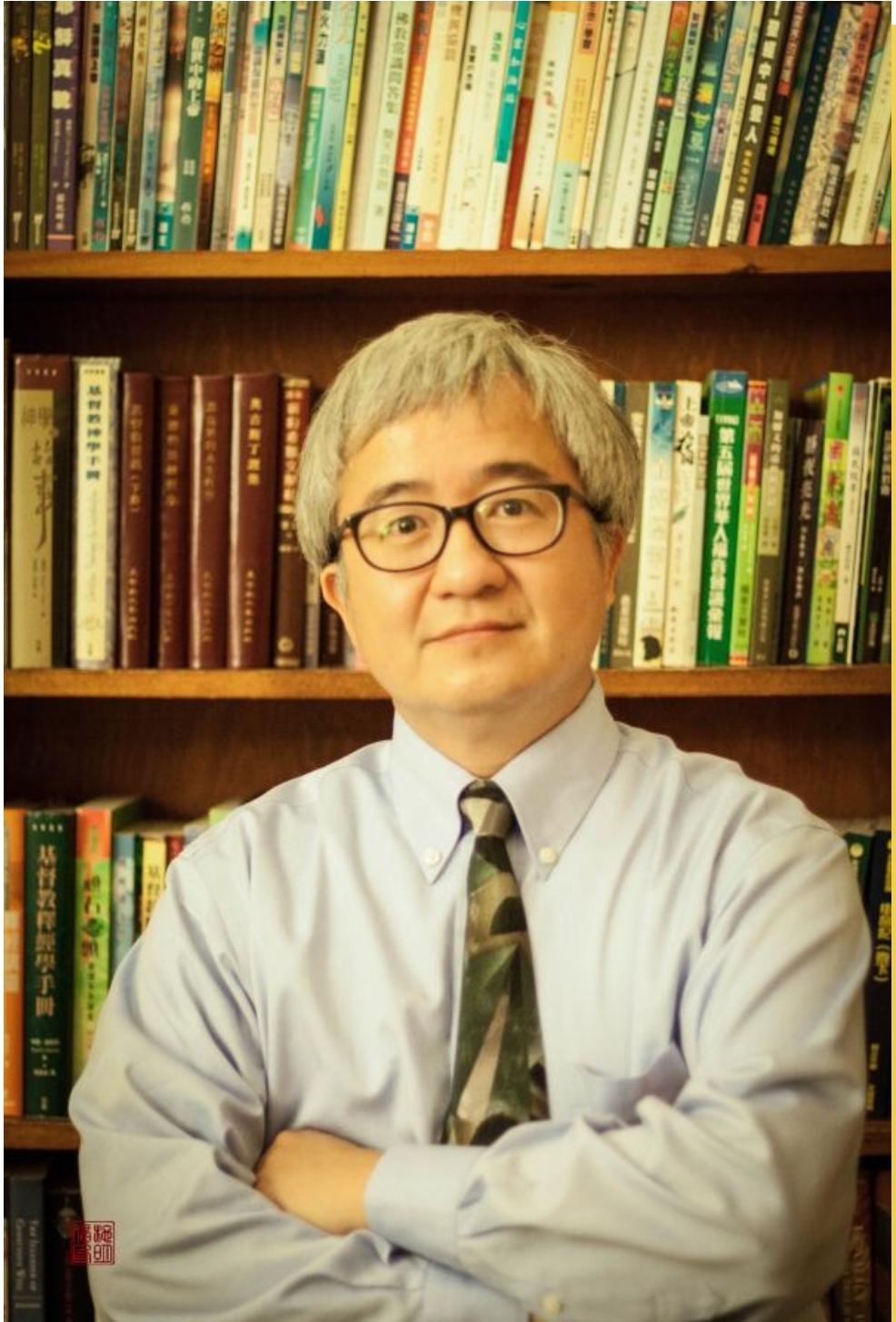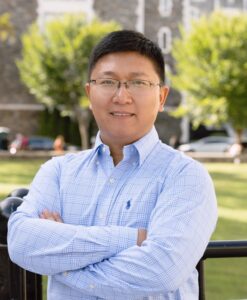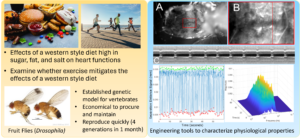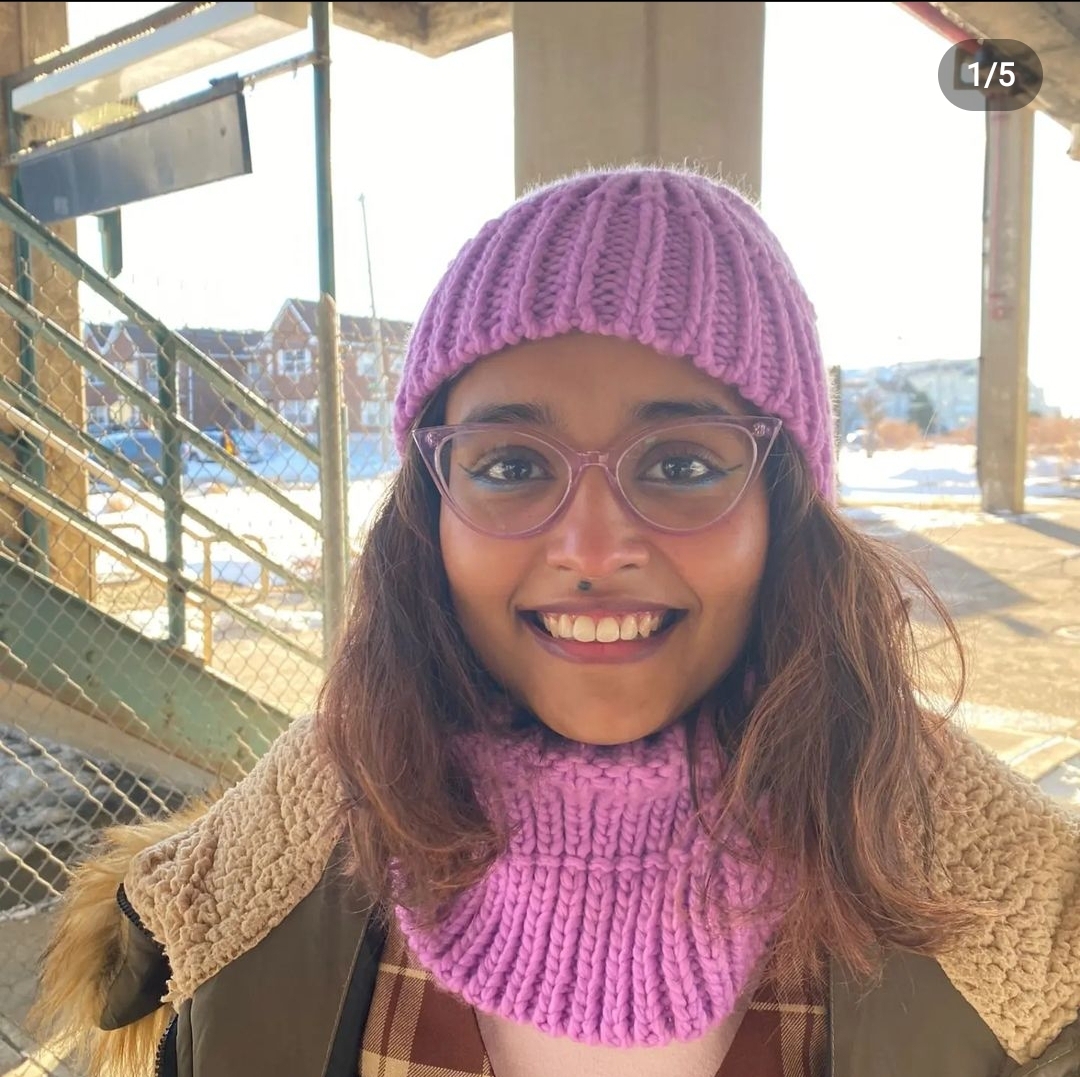The Office of Research at City College is building opportunities for its faculty and other City University of New York institutions to pursue funding from the National Science Foundation across different programs.
Two NSF program directors, Dr. Enrique S. Pumar from the Build and Broaden (B2) program and Dr. Stephanie George from the Engineering of Biomedical Systems (EBMS) program, visited City College in November and December to present their programs and discuss with CUNY faculty their research ideas. These two events allow CUNY faculty members to better understand the goals of these NSF programs.
During their visit, CCNY faculty had the opportunity to present their current research and proposal outlines to the program directors. Attendees, who included faculty from across CUNY institutions, were able to ask questions to the program directors. Although program directors from NSF have visited CCNY in the past, this was the first time the college hosted such an event for faculty across CUNY in a more open and coordinated manner.

Dr. Alan Shih
Dr. Alan Shih, Director of Research Development at CCNY who helped organize the visits, described them as a success.
“We are very encouraged by the outcome of these two visits. Each of them generated so much interest that as far as I am aware, there are multiple proposals in preparation going to be submitted to these programs,” Shih said in an interview with The RICC.
Dr. Katherine Chen, a professor of Sociology at CCNY had invited Dr. Pumar from the B2 program for a visit, while Dr. Yang Liu, a professor of mechanical engineering at CCNY who currently has two active NSF-funded projects, and was the first contact between the college and the NSF EBMS program director for the recent visits. Before working at CCNY, he was a professor at East Carolina University where Dr. Stephanie George was a colleague. George initially reached out to Liu and asked if CCNY had any interest in hosting a conference to explore the opportunities in the NSF EBMS program.

Dr. Yang Liu
“This program is, in my point of view, a very special program that tries to bridge engineering and medical applications,” Liu said.
EBMS integrates engineering and life sciences to solve biomedical problems, with a focus on fundamental and transformative research primarily using engineering framework (design or modeling) that supports an increased understanding of physiological or pathophysiological processes.
In preparation for the EBMS visit, Liu and Shih invited faculty with research areas relevant to the program to prepare a one-page proposal about their research. They arranged time for those faculty to come and speak with the program directors to evaluate if they were a match for the program. Faculty were offered feedback on their proposal concept outlines, such as goals and objectives, to be more aligned with the program. CUNY faculty members also had the opportunity to ask questions to the program directors during these visits.

An example of research by Liu that could be related to EBMS about the effects of Western diet and physical activity patterns on heart health and functioning
Even if a faculty’s research concept did not align with any of these NSF programs, Shih explained that these events provided valuable opportunities for faculty to connect with one another and become acquainted with each other’s research. Interactions among faculty during these events have already sparked several discussions of potential future collaborations.
Liu and Shih emphasized the importance of extending invitations to more program directors to CUNY —from NSF and other federal agencies. These efforts will benefit CCNY and the broader CUNY research community at large to enhance their understanding of federal program goals, enabling them to craft stronger proposals and gain recognition for the research happening across all CUNY campuses.

Malina Seenarine is a recent graduate of Baruch College where she studied journalism and minored in theater. In addition to writing for The RICC, she’s a contributor for Baruch’s award-winning Dollars & Sense Magazine and wrote for the arts and news section of Baruch’s student-run newspaper, The Ticker. She’s also written for FSR magazine.